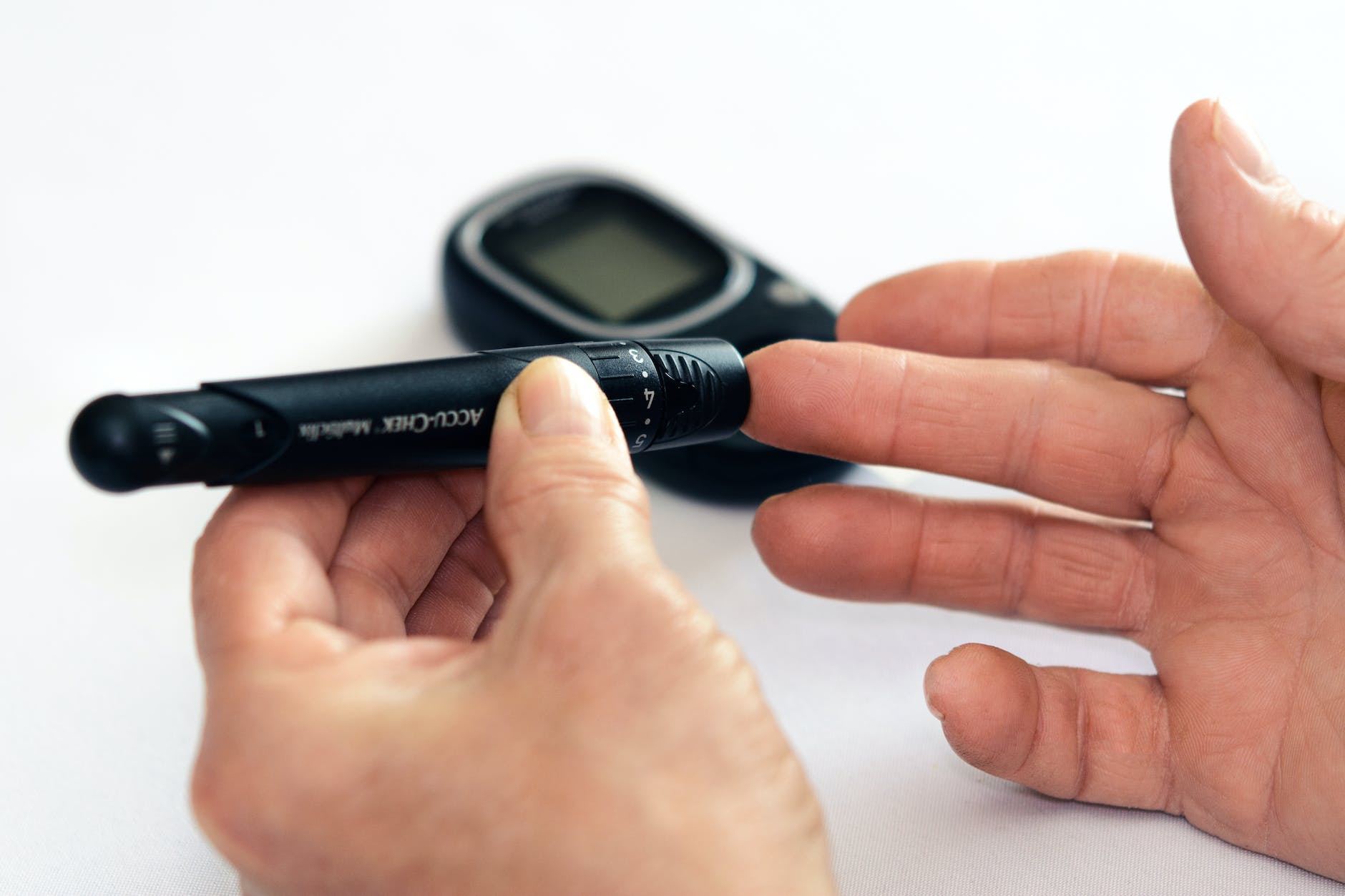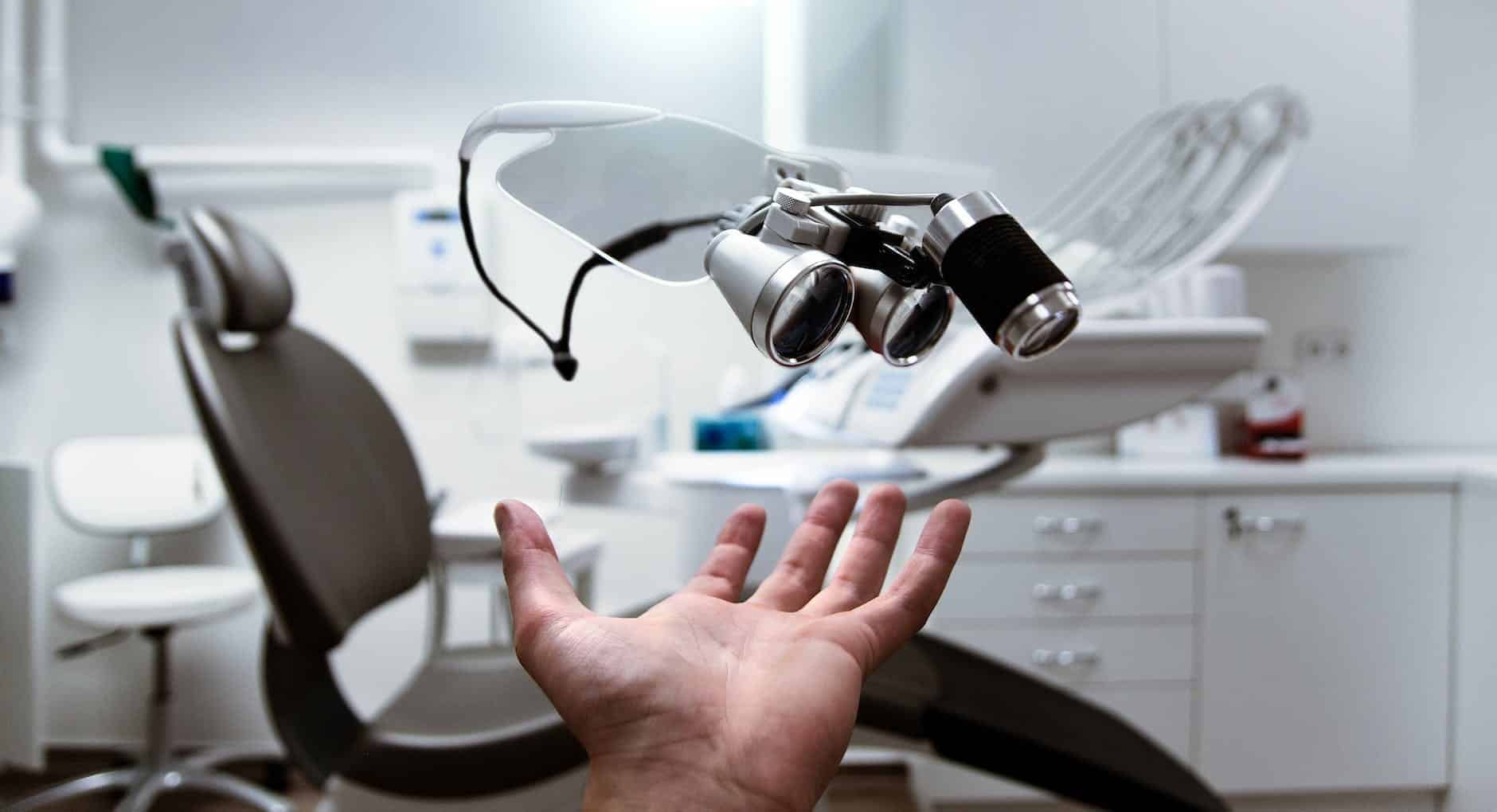
Health Tech Horizons: Innovations Shaping Tomorrow’s Wellness
Introduction In the ever-evolving landscape of healthcare, technology stands as a beacon of innovation, continually pushing the boundaries of what’s

Introduction In the ever-evolving landscape of healthcare, technology stands as a beacon of innovation, continually pushing the boundaries of what’s

Introduction: A Glimpse into the Evolution of Health Tech As we stand on the cusp of a new era in

Introduction: The Pioneers of Health Tech Innovation In the ever-evolving landscape of healthcare technology, startups continue to push the boundaries

Introduction: Embracing the Digital Revolution in Healthcare In recent years, the healthcare industry has witnessed a remarkable transformation fueled by

Introduction: The Evolutionary Arc of Health Tech Solutions The nexus of health and technology is continually evolving, with innovations in

Introduction: The Imperative of Accessibility in Health Tech As health tech innovations continue to redefine the landscape of healthcare, ensuring

Introduction: The Nexus of Health and Technology in Medical Evolution The intersection of health and technology has given rise to

Introduction: Unveiling the Digital Surgery Revolution In the dynamic landscape of modern healthcare, a digital surgery revolution is underway, reshaping

Introduction: Silicon Scalpel Unsheathed – Tech’s Surgical Renaissance In the hallowed confines of the operating room, a quiet revolution unfolds

Introduction: Cyborg Society Unveiled – Navigating Health in the Tech Epoch In the age of rapid technological evolution, the line